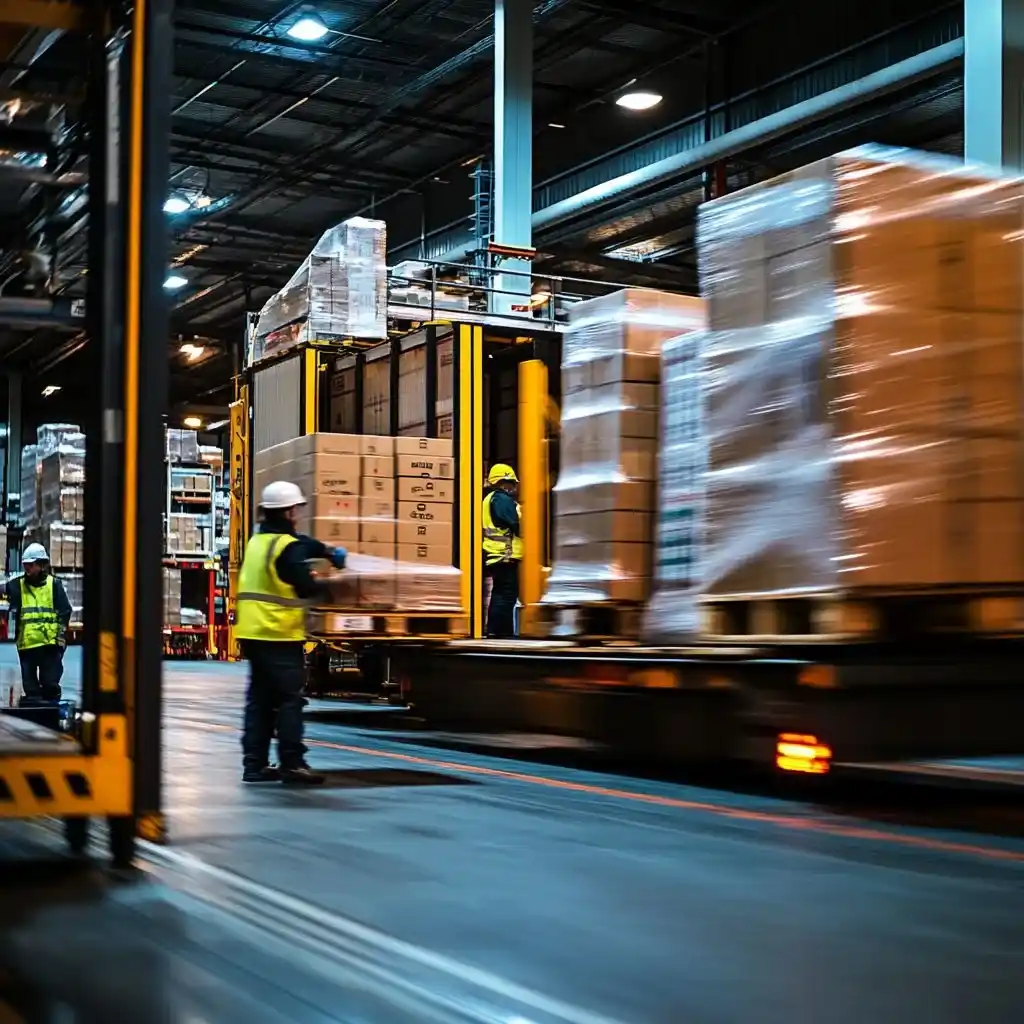Introduction to the UK's Container Haulage
Container haulage—moving shipping containers between ports, depots, and final destinations—is a backbone of the UK’s freight economy. It connects sea and road, keeping supply chains fluid. The sector blends multinational operators with specialist regional carriers, anchored around the country’s busiest ports.
Leading Counties
Several counties stand out thanks to strategic locations, port capacity, and road connectivity.
Hampshire: Home to the Port of Southampton
Hampshire hosts the Port of Southampton, the UK’s second-largest container terminal by volume. With millions of TEUs handled annually, reliable road haulage links are essential to move containers swiftly inland and keep vessels on schedule.
Merseyside: Liverpool’s Transatlantic Gateway
Liverpool serves as a major transatlantic hub, handling a large share of UK–North America traffic. A dense haulage network supports fast turnarounds from quay to distribution centres across the North and Midlands.
Essex: Felixstowe and Harwich
Essex is home to Felixstowe—the UK’s largest and busiest container port—and Harwich. Together they underpin significant import/export flows on the east coast, supported by extensive inland haulage and intermodal connections.
Other Key Counties
Kent (Dover), Suffolk (Lowestoft), Yorkshire (Hull), and Tyne and Wear (Newcastle) also play pivotal roles, each offering unique route advantages and hinterland access that strengthen the UK’s overall container capacity.
Growth Factors
Growth in container haulage is driven by three core enablers: infrastructure quality, supportive policy, and global trade volumes.
The Role of Infrastructure
High-quality roads, junctions, and port facilities reduce transit times and costs. Investments in dual carriageways, port gate technology, and staging yards help carriers turn containers faster and hit delivery windows.
Government Policies and Regulations
Trade and transport policies, customs processes, and safety regulations shape efficiency. Streamlined procedures and clear guidance can unlock capacity; added complexity can slow flows and increase costs.
The Impact of Global Trade
As global trade grows, demand for container haulage rises. The UK’s role as a trading hub means ports and road networks continually adapt to higher volumes and changing trade lanes.
The Future
The outlook is positive, with continued growth likely alongside operational shifts—digitalisation, capacity planning, and resilience-building across networks.
Potential Challenges and How to Respond
Brexit-related formalities, environmental obligations, and driver availability can pressure timelines and costs. Strong planning, collaborative data-sharing with ports, and flexible capacity via trusted partners (like Clintopia Transport) help maintain service levels.
Sustainability & Green Initiatives
Expect more emphasis on lower-emission fleets, better route optimisation, and modal shift where sensible. Right-sizing equipment and cutting empty miles reduce both carbon and cost.
Leading UK Counties in Container Haulage and Their Ports
| County | Major Port(s) |
|---|---|
| Hampshire | Southampton |
| Merseyside | Liverpool |
| Essex | Felixstowe, Harwich |
| Kent | Dover |
| Suffolk | Lowestoft |
| Yorkshire | Hull |
| Tyne and Wear | Newcastle |
Conclusion
The UK’s container haulage landscape is dynamic and regionally diverse. Counties anchored by major ports—supported by robust road links and skilled operators—keep trade moving. With smart investment, greener operations, and reliable partners, the sector is well placed for what’s next.
